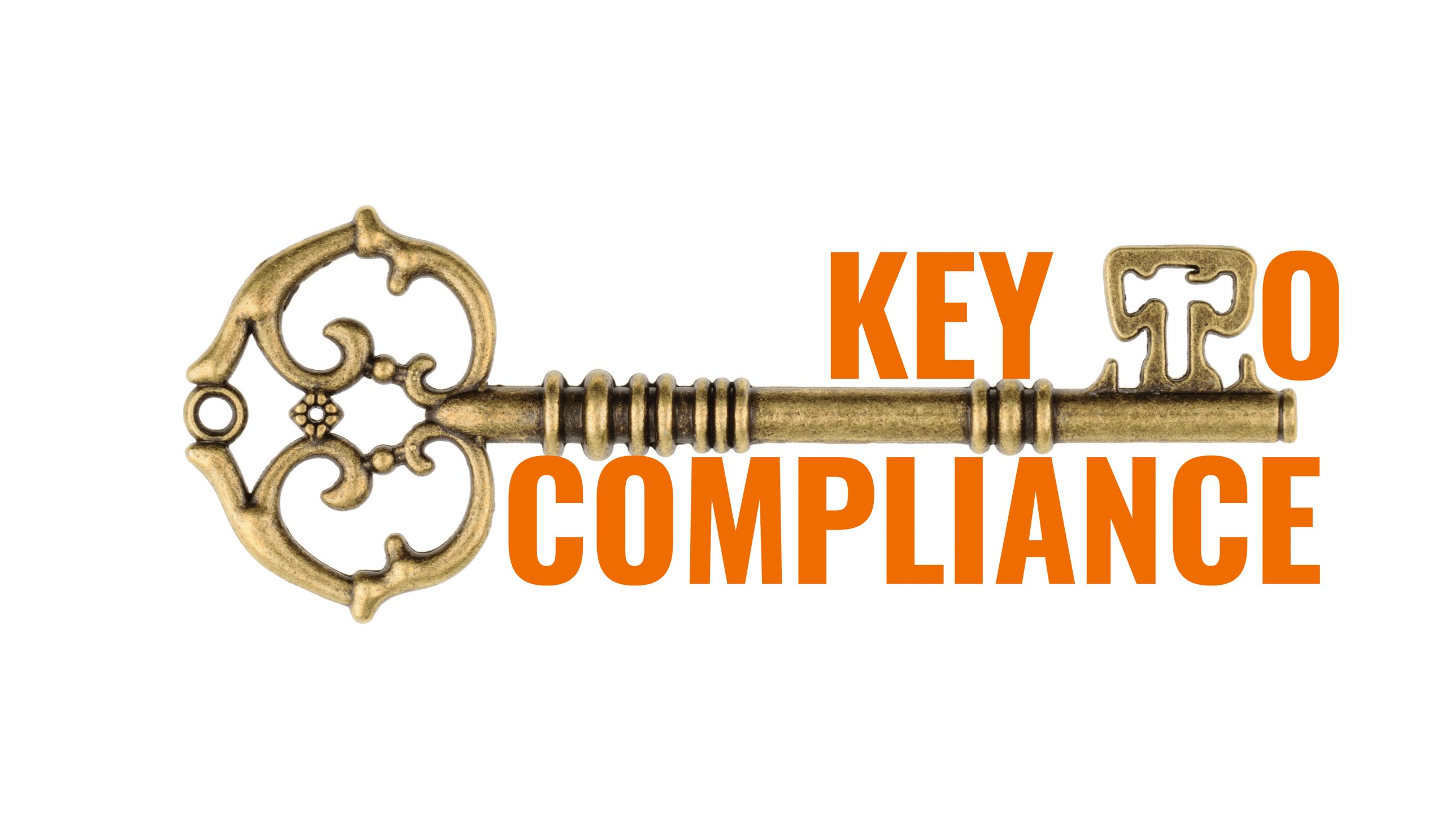Layered Process Audits (LPAs) are merely: DAILY CHECKS OF HIGH-RISK PROCESSES and documented with reference to FDA Internal Audit.
This is where you actually have various people come and do mini-inspections, mini-audit periodically or may be daily and document that. Here are few of the principles listed out which will help you.
Implementation: Consists of three levels, and three frequencies (optional):
1. High level systemic issues: Focus on Key CGMP compliance issues; Management; monthly audits;
2. Mid-level system compliance issues: Supervisor / Engineering; weekly audits;
3. Shop-floor level, actual operational compliance: Key operators, QC personnel; daily / batch audits.
Frequencies dependent upon opportunities for differentiation in measurements.
if you have a batch production, lot production then it is an excellent basis as you have a traveler form where documents has to be filled out and so part of the layered process audit could be a QA review of that documentations which they have to do anyhow. So you can have an additional form in the same traveler form or a comment about the layered process or here to SOP number etc. But you expand it to other areas and promote to them to do their own process audit, training them to monitor their own process.
Layered Process Audits (LPAs) characteristics:
1- Use of short checklists, of 5-10 questions each;
2- Short duration, 10 to 15 minutes; in each area, each day (or other frequency)
3- Written questions basically self-explanatory, requiring minimal subject matter knowledge (especially at the management level);
4- Possibilities: Operator – Daily; Supervisory / Staff – Weekly; Management – Monthly
5- Areas rotated monthly (to broaden audit base; maximize audit integrity; ensure complete CGMP coverage).
6- LPA actively managed, e.g., by QA and/or RA, or … (including Assignments, Check List generation / review / retention, Investigations, Root Cause Analysis, and Corrective Actions).
